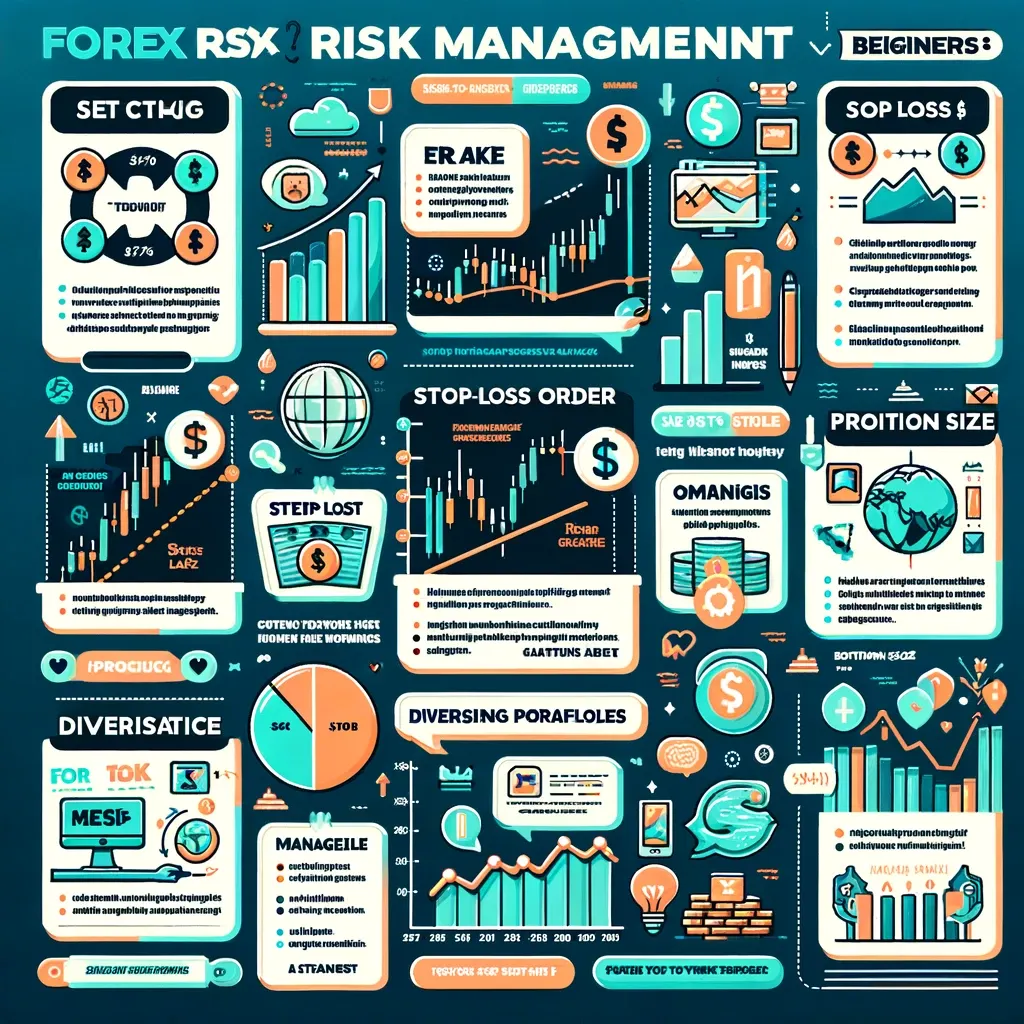Simple Forex Trading Strategies for Beginners: Kickstart Your Trading Journey
Embarking on Your Forex Trading Adventure
Forex trading can seem like a complex world of numbers and unpredictable markets. But don't worry! Every skilled trader started as a beginner, and mastering a few simple strategies can significantly enhance your confidence and effectiveness.

Understanding the Forex Market Basics
Before diving into strategies, it's crucial to grasp some basics:
- Currency Pairs: Learn how major, minor, and exotic pairs differ.
- Market Hours: Know the best times to trade based on global market hours.
- Technical and Fundamental Analysis: Understand these methods to read market trends and economic factors.
Strategy 1: The Long and Short of It
One of the simplest strategies is knowing when to go long or short:
- Going Long: Buy if you believe the currency’s value will increase.
- Going Short: Sell if you expect the currency’s value will decrease.
- Tip: Start with major currency pairs as they are more stable and provide ample trading opportunities.
Strategy 2: Support and Resistance Levels
These levels on a chart are where the prices tend to stop and change direction.
- Support: The price level where a downtrend can pause due to a concentration of demand.
- Resistance: The price level where a trend can stall due to a surge in supply.
- Application: Use these levels to identify entry and exit points.
Strategy 3: Moving Averages
This strategy helps smoothen price data to create a single flowing line, making it easier to identify the direction of the trend.
- Simple Moving Average (SMA): Calculates the average of a selected range of prices, typically closing prices, over a number of periods.
- Exponential Moving Average (EMA): Similar to SMA but more weight is given to the latest data.
- Tip: A common strategy is to look for when a short-term moving average crosses over a long-term moving average as a signal of potential shifts in momentum.
Strategy 4: Following Economic Calendar
News and reports can create significant market movements.
- Keep an Eye on: Interest rates decisions, employment reports, GDP announcements.
- Plan Trades Around News Releases: High volatility might present opportunities, but it’s essential to manage risks effectively.
Risk Management: Your Safety Net
- Stop-Loss Orders: These can help you manage your losses effectively.
- Take-Profit Orders: These can help lock in your profits before the market reverses.
Continuous Learning
The journey to becoming a seasoned forex trader involves continuous education and practice. Utilize demos and simulators offered by many platforms to hone your skills without financial risk.
Next Steps:
Now that you have these simple strategies at your fingertips, it's time to practice. Remember, forex trading isn’t about winning every trade; it’s about making informed decisions and managing your investments wisely.








